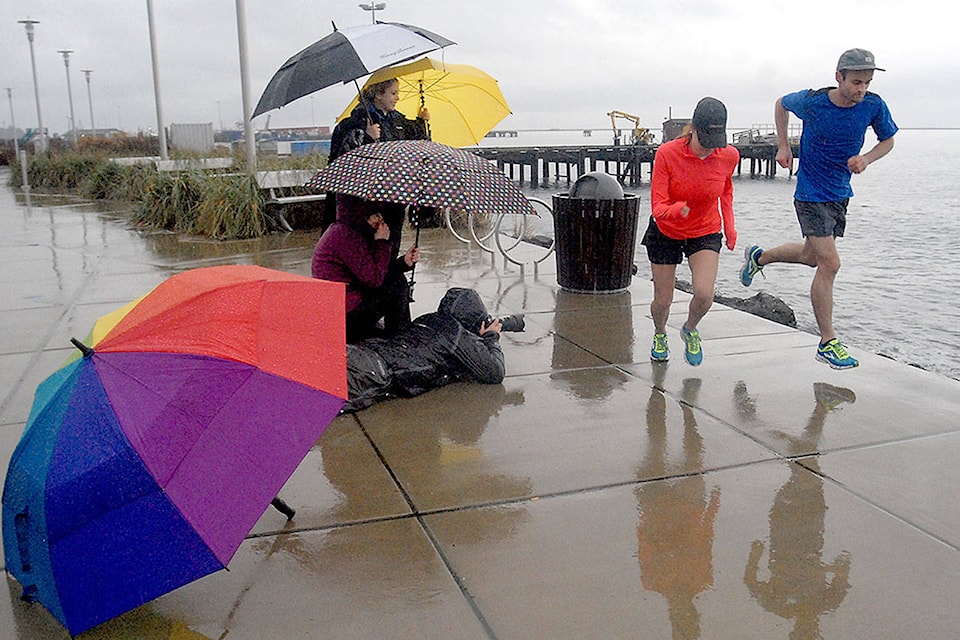The movie industry has always been at the forefront of change and the next frontier is making films and TV that are more environmentally sustainable, says producer Clara George.
The issue of greening filmmaking, both on-screen and off, comes into focus during a two-day forum starting Friday at the Vancouver International Film Festival.
B.C. is one of the top three international full-service production centres in North America with more than 65 film studios. Creative BC, the agency supported by the provincial government to help grow the sector, says the industry contributed $3.4 billion to the province’s economy in 2017-18.
George, whose film credits include “Girlfriends’ Guide to Divorce,” “The Magicians” and “Bury My Heart at Wounded Knee,” says that type of investment creates a lot of opportunity to be green.
“I make it a priority for my productions.”
George says she and her staff employ numerous sustainable practices, including switching to electricity from diesel generators, using hybrid cars, implementing a print-on-demand system and reducing the consumption of beef on set.
“It’s an active choice that we have to make.”
Zena Harris, the creative director for the Sustainable Production Forum, says entertainment is a powerful industry to influence cultures, but that must start by keeping track of waste generated.
She wants the TV and film industry in to start monitoring how much is thrown away, the amount of water and fuel used and look at ways of reducing it.
“Reduce use of plastics, and that can be anything from plastic water bottles to plastic cutlery … that would be quite a goal, and reduce fuel consumption.”
A number of movies and television shows have started keeping track of sustainable practices, Harris says.
21st Century Fox says on its website that its “X-Files” season 10 production managed to divert 81 per cent of its total waste from landfills and by recycling all of the aluminum and steel used in construction.
It saved the company $41,000, the website says.
Season 10 was filmed in 40 locations across B.C., each requiring elaborate set construction, lengthy transportation demands and intensive fuel use, the company says.
Harris says making movies is about creating new worlds and new sets made for those worlds, which opens the door for improved sustainability.
“We’re never going to get rid of a 100 per cent of the set material.”
Harris says much of the wood used in set creation is lauan wood.
“It’s smooth and the industry loves it, however, that wood comes from Southeast Asia, so rainforests are being cut down for that wood.”
If the wood is Forest Stewardship Council certified then it is a better option, she says, adding that anything with an ecolabel is more responsibly managed.
It’s not just behind the scenes that the industry wants to go green but to normalize sustainable behaviour onscreen too.
Harris says incorporating sustainability into the storyline is a “big area” of opportunity.
“When we start to normalize these behaviours it starts to influence the broader culture.”
George says movies help change the landscape.
On her last few shows the heroes have driven electric cars, used recyclable water bottles and ate vegetable-based foods, she says.
“It’s much subtler in terms of change of lifestyle. Unless your content is specifically about an environmental story, all we can do is show an environmental lifestyle.”
Hina Alam, The Canadian Press
